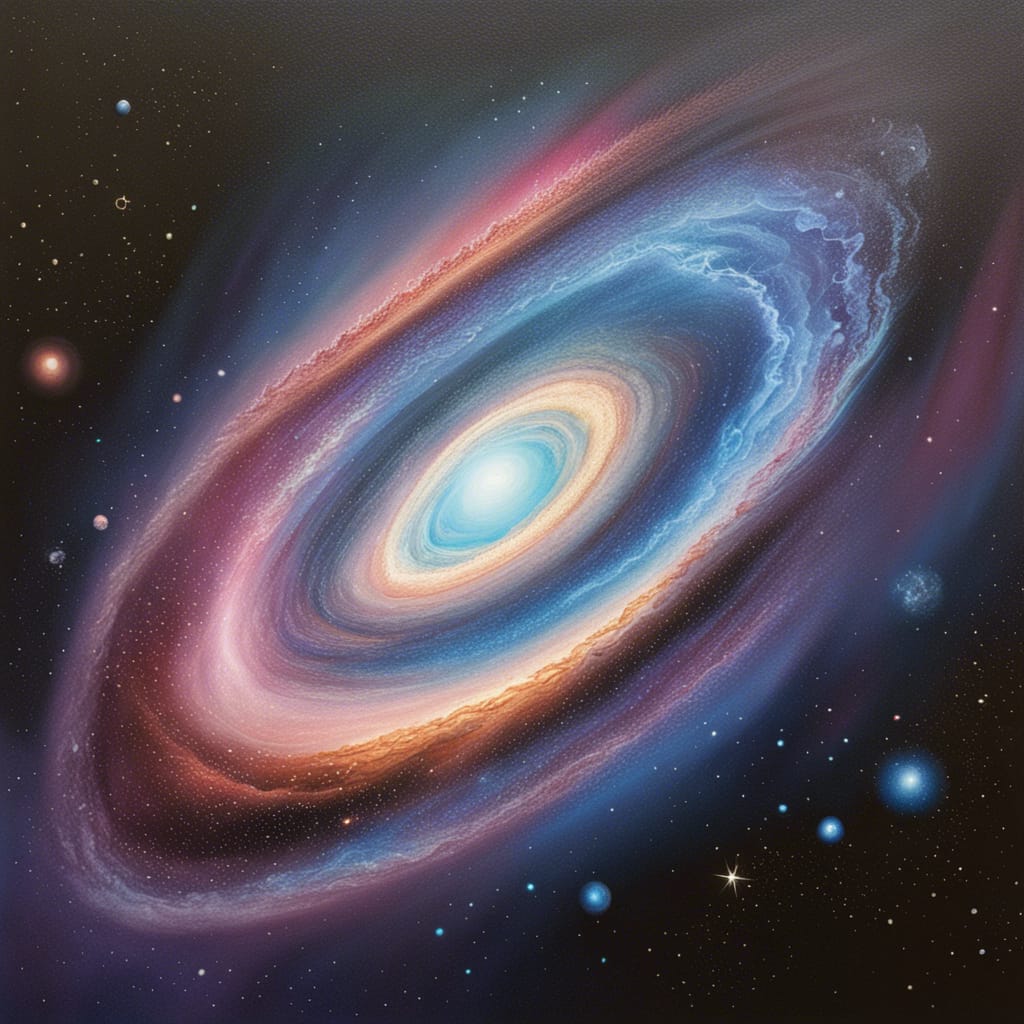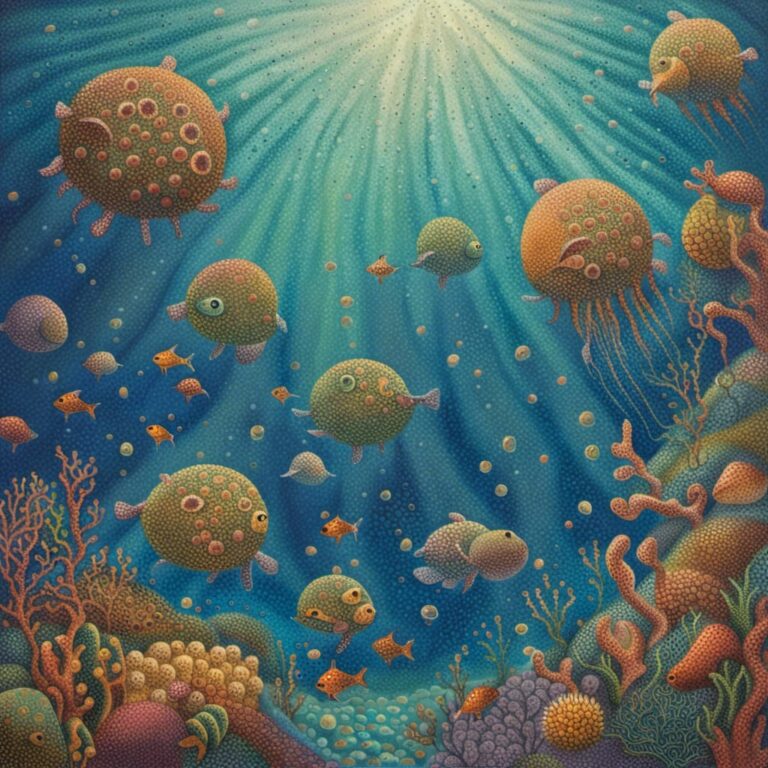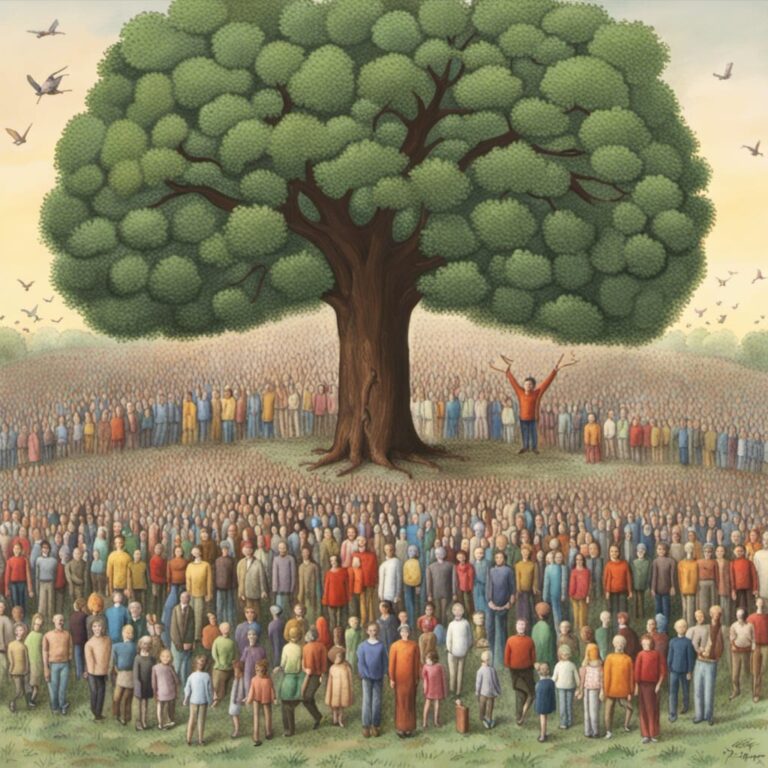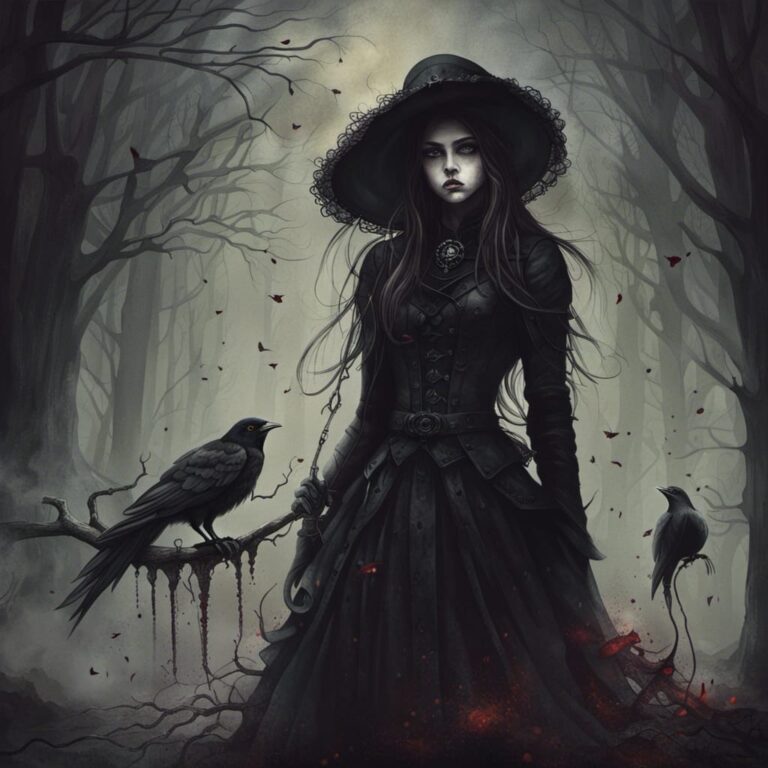
Art has been a means of human expression and representation since ancient times, with various movements and styles emerging throughout history. Two prominent styles that have captivated artists and audiences alike are realism and hyperrealism. Both artistic approaches aim to depict the real world, but they differ in their methods, intentions, and impact on popular culture.
In this blog post, we will delve into the realms of realism and hyperrealism, examining their historical contexts, real-world examples, and influence on popular culture.
Realism vs Hyper Realism
Realism is often compared to other styles, such as impressionism and abstraction. But what sets it apart is its focus on accuracy and detail. Impressionist paintings, for example, are known for their soft, blurred edges and light colors.
On the other hand, abstract paintings don’t represent anything from real life; instead, they use shapes and colors to create an overall feeling or mood.
Realism
Capturing the Essence of the Real World Realism emerged as an artistic movement in the mid-19th century as a reaction against Romanticism’s idealized depictions of the world. Artists sought to represent the world as it truly appeared, focusing on everyday life, ordinary people, and unadorned natural landscapes.
Realism aimed to portray the social, political, and economic realities of the time, shedding light on the struggles and triumphs of ordinary individuals. Key artists associated with realism include Gustave Courbet, Jean-François Millet, and Honoré Daumier.
Historical Context and Characteristics
Realism developed amidst a backdrop of industrialization, social upheaval, and political unrest. Artists sought to challenge the prevailing norms and beliefs, opting for truthful representations rather than idealized versions of reality. Key characteristics of realism include attention to detail, accurate perspective, use of natural light, and a focus on contemporary subjects.
Real-World Examples
Realism found expression in various art forms, including paintings, sculptures, and literature. Gustave Courbet’s “The Stone Breakers” and Jean-François Millet’s “The Gleaners” exemplify the emphasis on depicting the lives of common laborers. Honoré Daumier’s satirical prints critiqued the social and political elite, exposing the injustices of the time.
Impact on Popular Culture
Realism had a profound impact on popular culture by introducing a new way of representing reality. It influenced the development of photography, as artists sought to capture moments as realistically as possible.
Realist literature, such as the works of Émile Zola, reflected the struggles of the working class and explored societal issues. Realism’s focus on truthfulness paved the way for subsequent movements seeking to depict reality in different ways.
Vs Naturalism
Realism also differs from naturalism, another style that emerged in the 19th century. Like realism, naturalism is concerned with accurate depictions of the world around us. But where realism focuses on everyday scenes and people, naturalism takes a more scientific approach, studying things like human behavior and the natural environment.


Hyper realism
The Illusion of Reality Amplified Hyperrealism emerged in the late 1960s and early 1970s as an extension of photorealism, taking the quest for accuracy and detail to new heights. Hyperrealist artists aimed to create paintings or sculptures that were so realistic, they appeared indistinguishable from high-resolution photographs. Key figures associated with hyperrealism include Chuck Close, Richard Estes, and Audrey Flack.
Historical Context and Characteristics
Hyperrealism arose in a period of heightened consumerism, technological advancement, and media saturation. It was a response to the increasing role of photography and mass media, challenging the notion of what was considered “real.”
Hyperrealist artists meticulously recreated every detail, often using photographs as references. They aimed to capture the essence of reality, blurring the line between art and life.
Real-World Examples
Hyperrealism encompasses a wide range of subjects, including portraits, still lifes, and urban scenes. The works of Chuck Close, known for his enormous-scale portraits, reveal a level of detail and precision that is astonishingly lifelike. Richard Estes’ urban landscapes, with their highly reflective surfaces and crisp details, create an uncanny sense of reality.
Audrey Flack’s still lives, often featuring everyday objects, explore themes of consumer culture and materialism.
Impact on Popular Culture
Hyperrealism challenges our perception of reality and raises questions about the nature of art. Its hyper-detailed depictions often provoke awe and fascination, inviting viewers to question the boundaries between reality and illusion.
Hyperrealism has influenced various fields, from advertising and product design to cinema and video games, where the pursuit of immersive experiences and lifelike visuals has become increasingly important.
Conclusion
Realism and hyperrealism, though sharing a common goal of representing the real world, diverge in their methods, intentions, and impact on popular culture. Realism sought to reveal the truth behind everyday life and social realities, while hyperrealism aimed to amplify reality, blurring the lines between art and life.
Both movements have made significant contributions to the art world and influenced subsequent artistic styles.
Whether it is the power to evoke empathy through realism or the awe-inspiring precision of hyperrealism, both approaches continue to captivate audiences and shape our understanding of the world around us.





